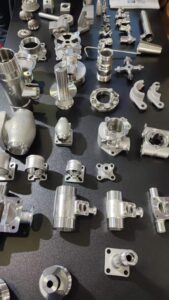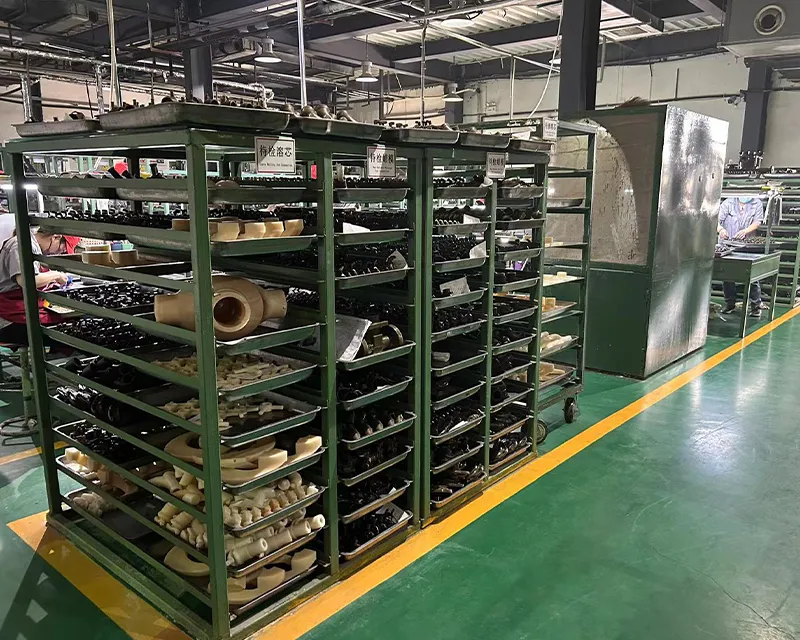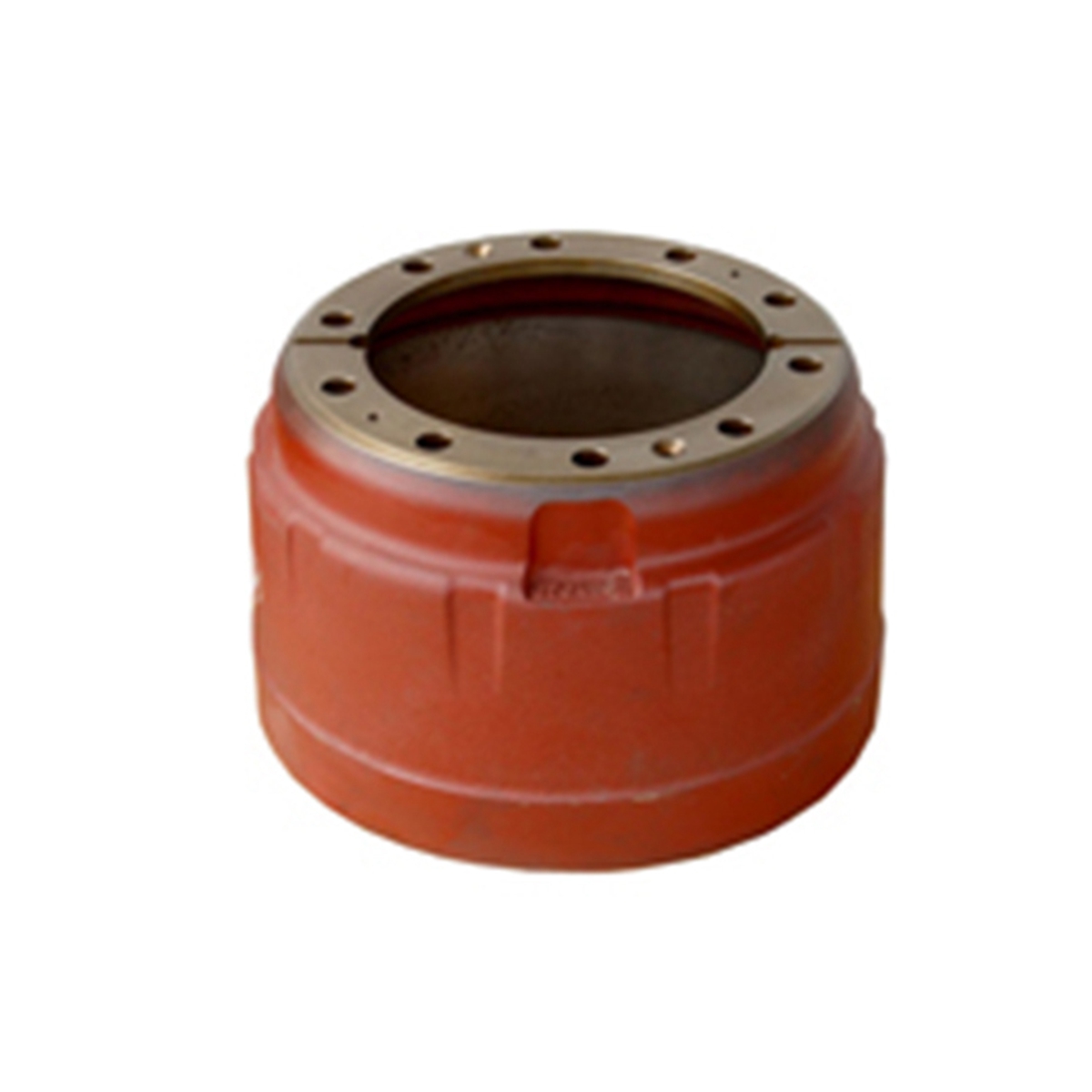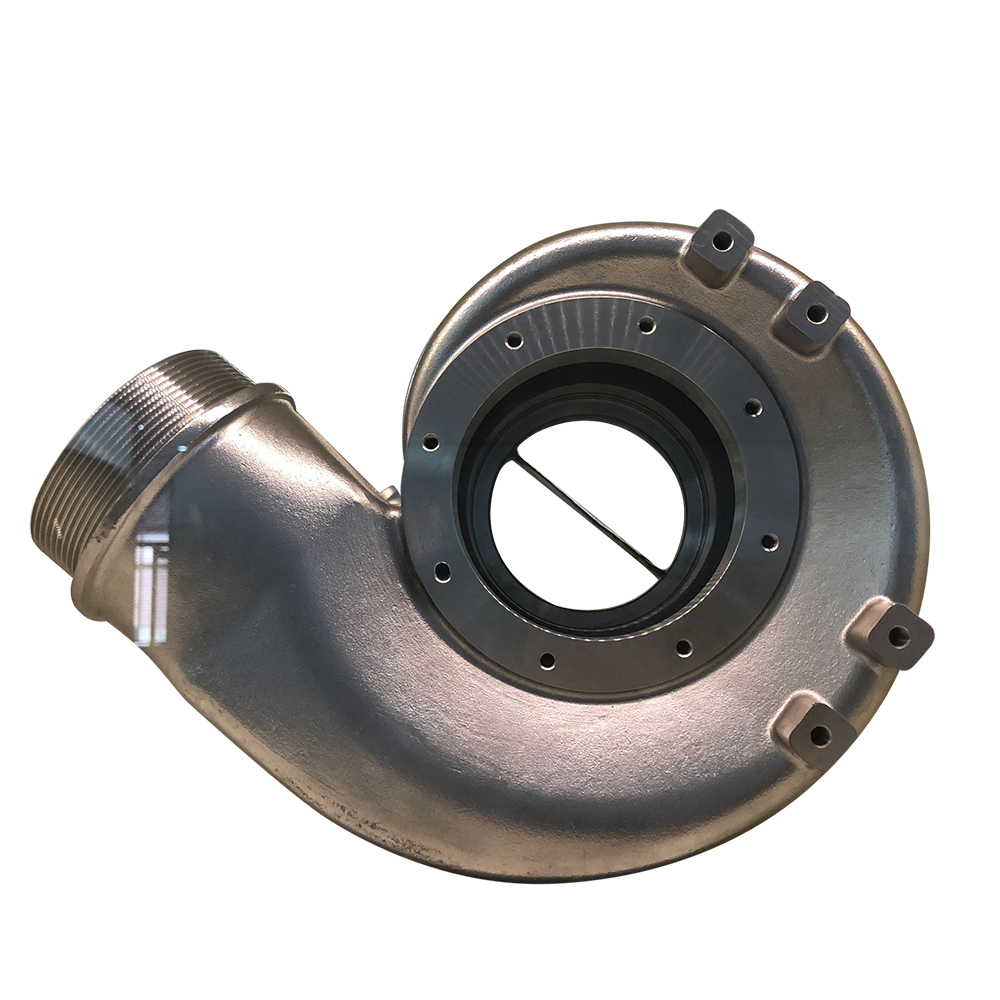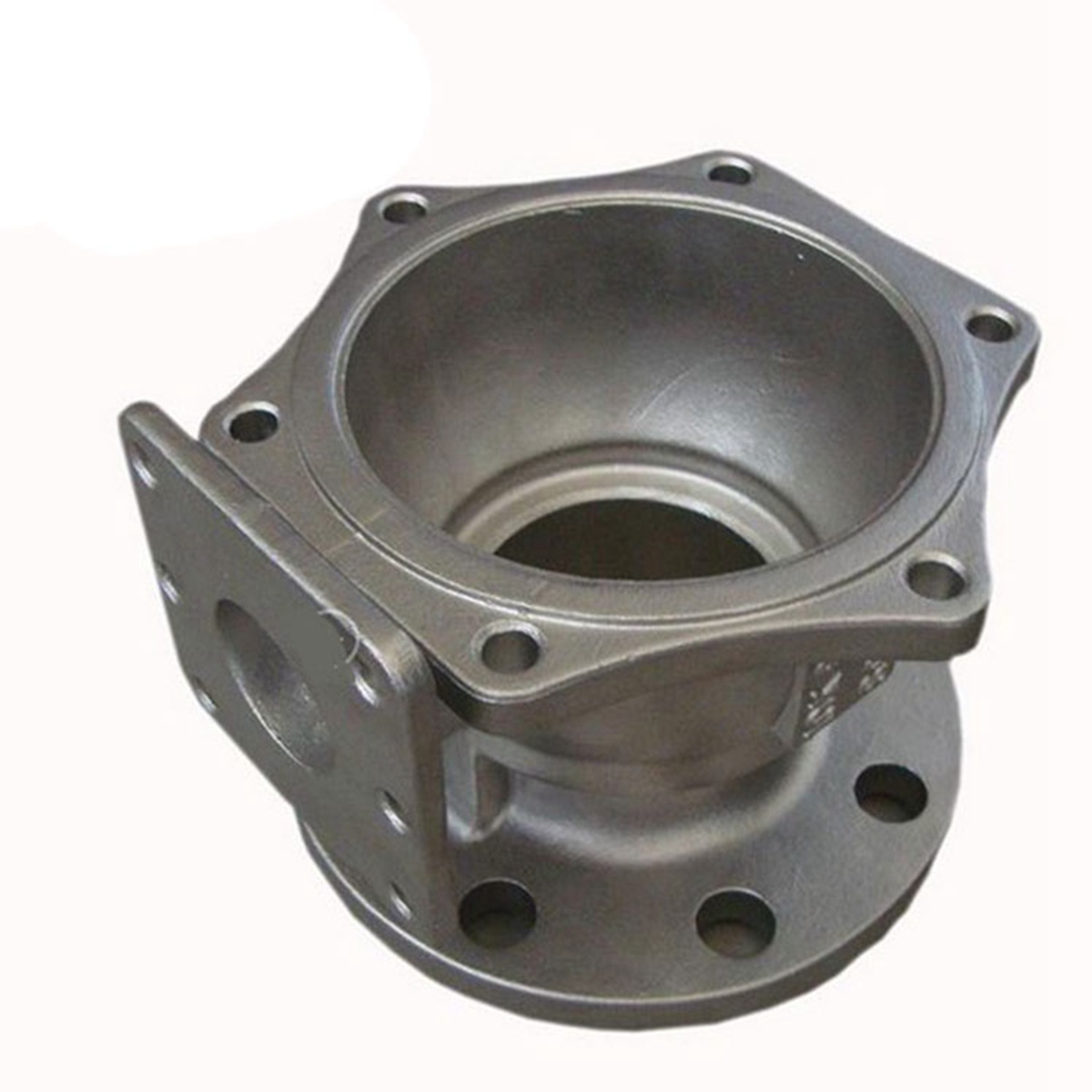Steel castings should be used after heat treatment. Because there are casting defects such as pores, cracks, shrinkage cavities, shrinkage porosity, coarse grains, uneven structure, and residual internal stress inside the cast steel castings, the strength, especially the plasticity and toughness of the steel castings are greatly reduced.
To refine the grains, uniformize the structure, and eliminate internal stress, steel castings must be normalized or annealed. The mechanical properties of normalized steel are higher than those after annealing, and the cost is lower, so it is widely used. However, since normalizing treatment will cause greater internal stress than annealing, it is only suitable for steel castings with a carbon content of less than 0.35%. Because low-carbon steel castings have good plasticity, they are not easy to crack when cooled. To reduce internal stress, steel castings should be tempered at high temperatures after normalizing. For steel castings with carbon content ≥0.35%, complex structures, and prone to cracks, only annealing can be performed. Steel castings should not be quenched, otherwise they will easily crack.
